Music for Two Violins: Personal Reflections on a Forgotten Genre
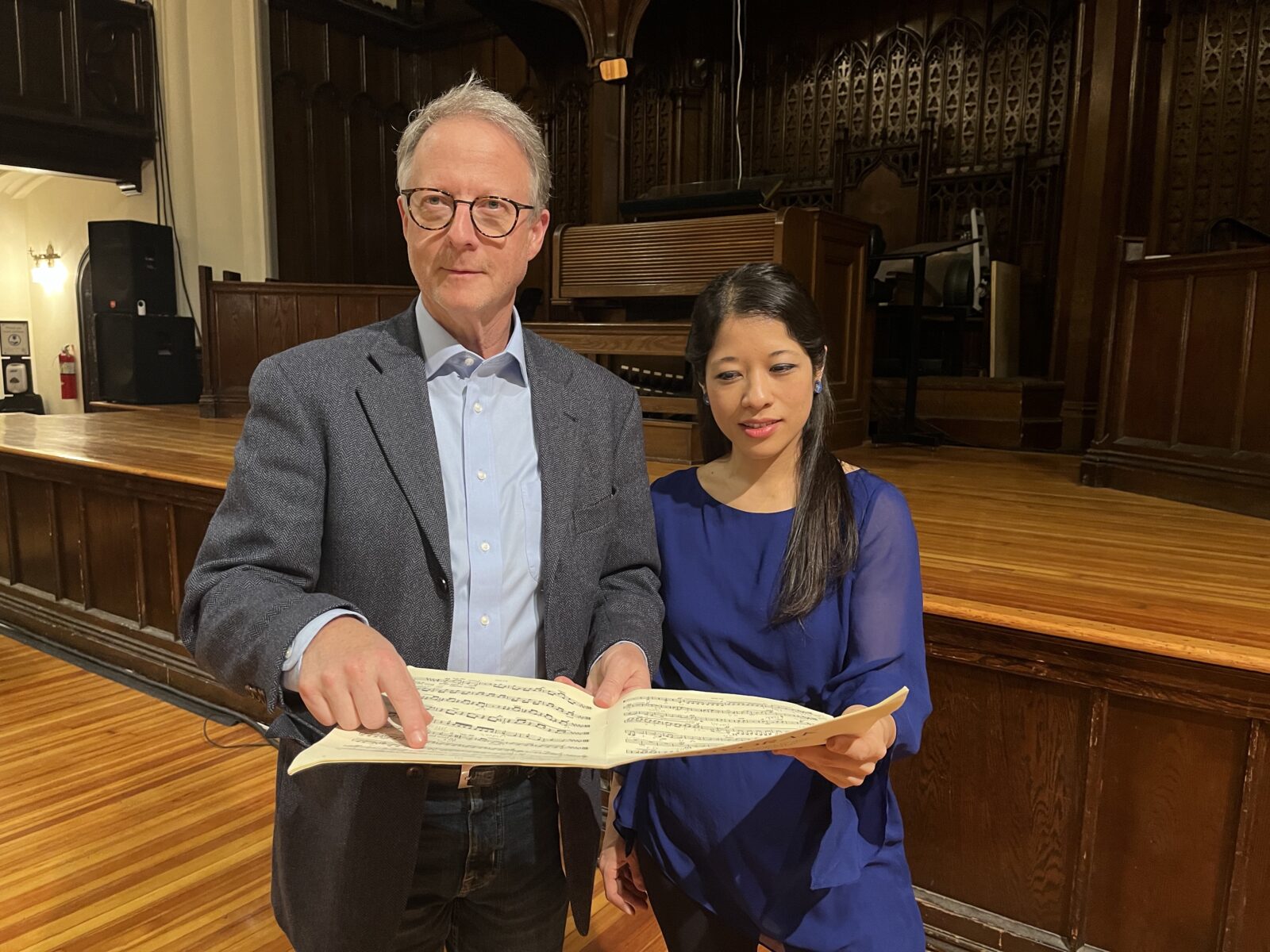
For the past seven years I have had the pleasure of discovering a corner of the chamber music repertoire that I now consider to be undervalued and under-explored: music for two violins. Like most violinists, I had occasionally read through some pieces for this combination for fun or convenience, but my only real performance exposure to this niche was within the context of new music. In 1981, while still an undergraduate student, I gave the U.S. premiere of two pieces by Alfred Schnittke as part of an all-Soviet chamber program.
Like all lovers of the violin and its music, I was drawn in my youth to the iconic Bach Double Concerto, soon followed by an exploration of the two-violin concertos by Vivaldi (there are well over 20!). But without the full body and color of an orchestra to support them, along with the grounding of a bass line, I didn’t think that two solitary violins could sound like much more than a lighthearted Vaudeville routine.
My perspective changed significantly in 2017 with the abrupt withdrawal of two colleagues for a trio concert. With only two weeks’ notice (at a well-known university series), I faced the difficult choice of canceling my participation in the series, presenting a hastily cobbled solo violin recital, or building a new program from scratch.
One month earlier, I was fortunate to have met the terrific violinist (and fellow ACMP coach) Emilie-Anne Gendron, whose creativity and intellect match her extraordinary violin playing. When I told her my dilemma at having no program two weeks before the concert, and that I would not subject an audience to a one-hour program of solo violin music, the plausibility and efficiency of a two-violin program began to come into focus as Emilie graciously volunteered. The repertoire had to be carefully chosen since she was to be out of the country for 10 of those 14 days. We had only one day to set the program, then two days after her return to refine and polish. But what repertoire for a solid hour of music?
I had long been intrigued by a story my college music history professor, Dr. Fritz Kramer, shared about private chamber music readings in Vienna in the 1780s, where composers would come together to play through each other’s music in friendship and respect, and maybe to borrow a few ideas. In 1783 one of these gatherings featured a string quartet which included Haydn’s court concertmaster, Luigi Tomasini on first violin, Joseph Haydn himself on second, Wolfgang Mozart on viola, and Luigi Boccherini on cello. Oh, to have been a fly on that wall!
Practically speaking, building a program of music from the Classical Era (c.1750-1820) was going to be easier than jumping around in history, and these composers stayed true to Enlightenment ideals: their compositions were well organized in structure and sensibility. I could pay tribute to these four composer-performers (and my college mentor) now that I had the privilege to play with Emilie.
In the end, our program included the E major duo by Boccherini (bright, perky, lightly flashy), and Duo Concertante by Tomasini (his virtuosic writing was like being shot out of a cannon). Haydn’s contribution was his own arrangement of a theme and variations from an early string quartet (opus 17 no.3), and we ended with an arrangement of Mozart’s first Duo for violin and viola, with the viola part tastefully transposed to violin…I know, no C string, but neither of us play viola professionally!
The performance was both successful and enjoyable for us and thus began my collaboration with Emilie and other violinists, discovering underplayed rarities, often by well-known composers, showing different facets of their compositional gifts.
The repertoire for two violins is surprisingly vast. An excursion into the musician’s friend, Imslp.org, will reveal hundreds of pieces for this combination in the site’s broad category of time periods: Baroque, Classical, Romantic and Modern. Keep in mind that this website lists only works that are not under copyright protection. With a little patience and persistence, one can discover many more pieces from publishers’ catalogues, libraries, streaming services, and even the most basic web searches.
From the Baroque era, there is not as much to choose as I imagined, as most music was tied to compositional structures supported by bass-line continuos. Some of the extant pieces are tied to French court musicians who could exhibit a surprising level of technical virtuosity and panache. Some of the more interesting works I have performed are from the end of this era by consummate violinist-composers like Guignon, Leclair and Telemann.
The Classical Era explodes with two-violin works at all levels of difficulty, fueled in part by the interest of all social classes to play music in the home, and aided by the proliferation of instructional works by pedagogues of the Paris Conservatory and other schools, advancing the baseline level of technique through readily available publications. The four composers cited above are representative of the former concept, and later, the Conservatoire Triumvirate, Kreutzer, Baillot and Rode, as well as De Beriot, Dancla, Alard, etc.
The Romantic Era suffers from a dearth of publication that come across as more personal statements perhaps overshadowed by the grandeur of symphonic and operatic palates. Spohr is an exception, with his conservative but challenging offerings.
The early twentieth century revives the genre as a vehicle for exploration and experimentation. As in any medium, Reger and Hindemith are always present, presenting traditional forms with personalized vocabularies, but the real gems are by Honegger, Prokofiev, Bartók, and the rarely-heard British composer Alan Rawsthorne. Since the 1970s there has been a steady stream of compositions that utilize both the conversational nature of two violins and their sonic palate that may include vocal, polyphonic, and extended techniques.
As with all artistic projects, there is never a terminus or conclusion. My exploration will continue indefinitely, since everywhere I look, there are new discoveries to be made and never enough time to practice!
Gabriel Schaff is in the ACMP Coach Directory
Gabriel Schaff ©2024
More Articles

A weekend of music and renewal at Chautauqua
When you first set foot on the grounds of the Chautauqua Institution in southwestern New York, it’s easy to understand the lift in Arlene Hajinlian and Sonya Sutton’s voices when they speak about their summer homes, and why they would welcome a group of ACMP members for a weekend of music-making.Read More ↗
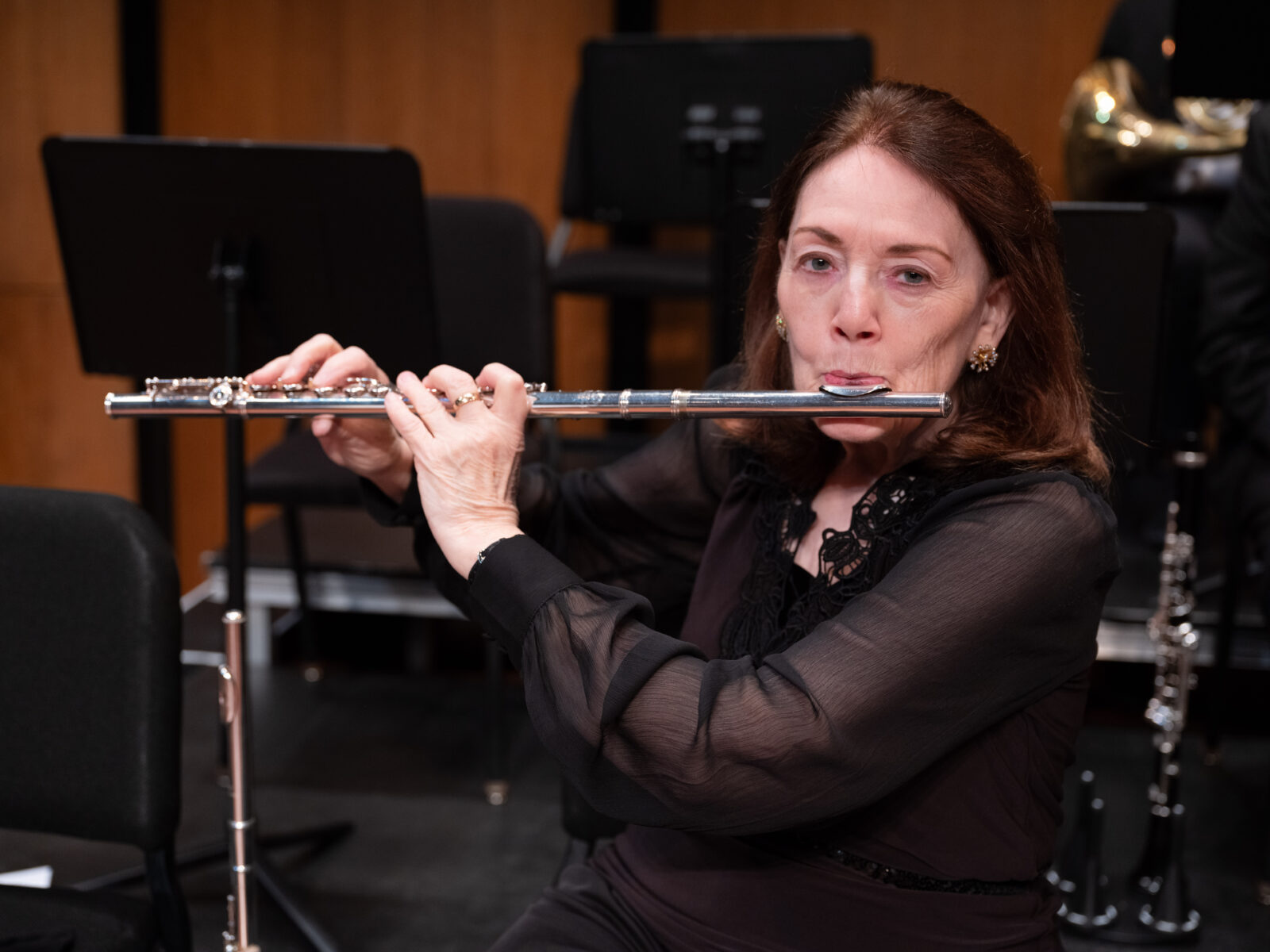
Optometrist by vocation, flutist by avocation
For someone who does not pay the rent as a musician, Pat Brown leads a full musical life with her flute. An optometrist by profession and a dedicated flutist, she has been a member of the Texas Medical Center Orchestra for more than 20 years, serving on the board and helping the group win national awards.Read More ↗
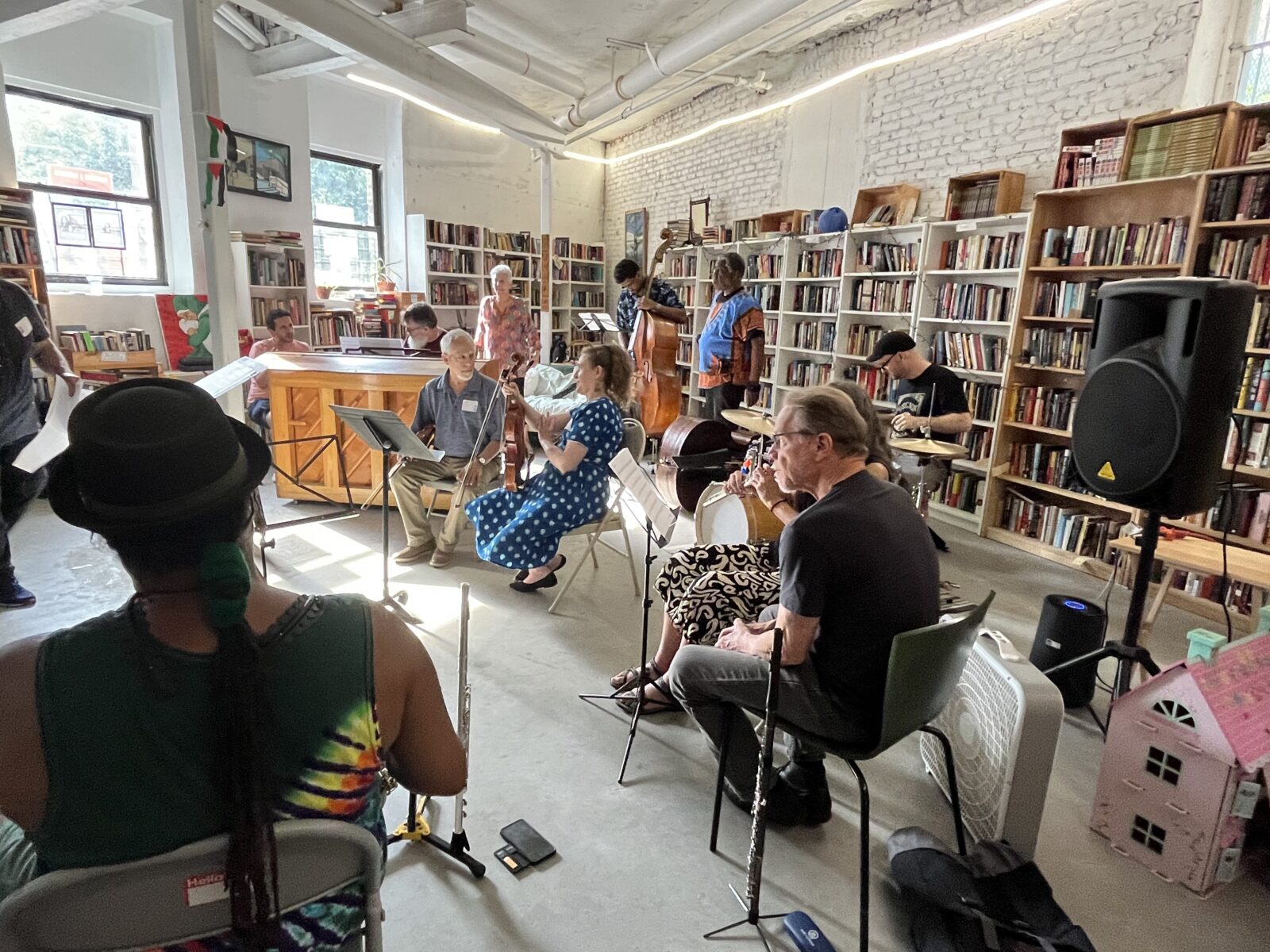
The Great American Play-In: Saturday, September 13 at Opera America
On Saturday, September 13 from 2 to 6pm, the American Composers Orchestra (ACO) and ACMP are hosting a fun and festive chamber music Play-In at Opera America (NYC), focused entirely on chamber music by twentieth-century and living American composers.Read More ↗

A professional pianist charts new musical paths with chamber music
When it comes to chamber music, ACMP pitches a big tent, from players just starting out to those rediscovering a passion for the music they played on their younger days. But ACMP’s membership also includes a thriving community of professionals — highly trained musicians who discover a community in ACMP that is hard to find elsewhere. Grace Shepard is one such professional living in South Florida and serving on ACMP’s North American Outreach Council.Read More ↗

How a cellist learned to love the viola, her way
Chicago-area cellist Ruth Rozen recounts her adventures with a vertical viola, opening the door to playing the inner voices in chamber music.Read More ↗
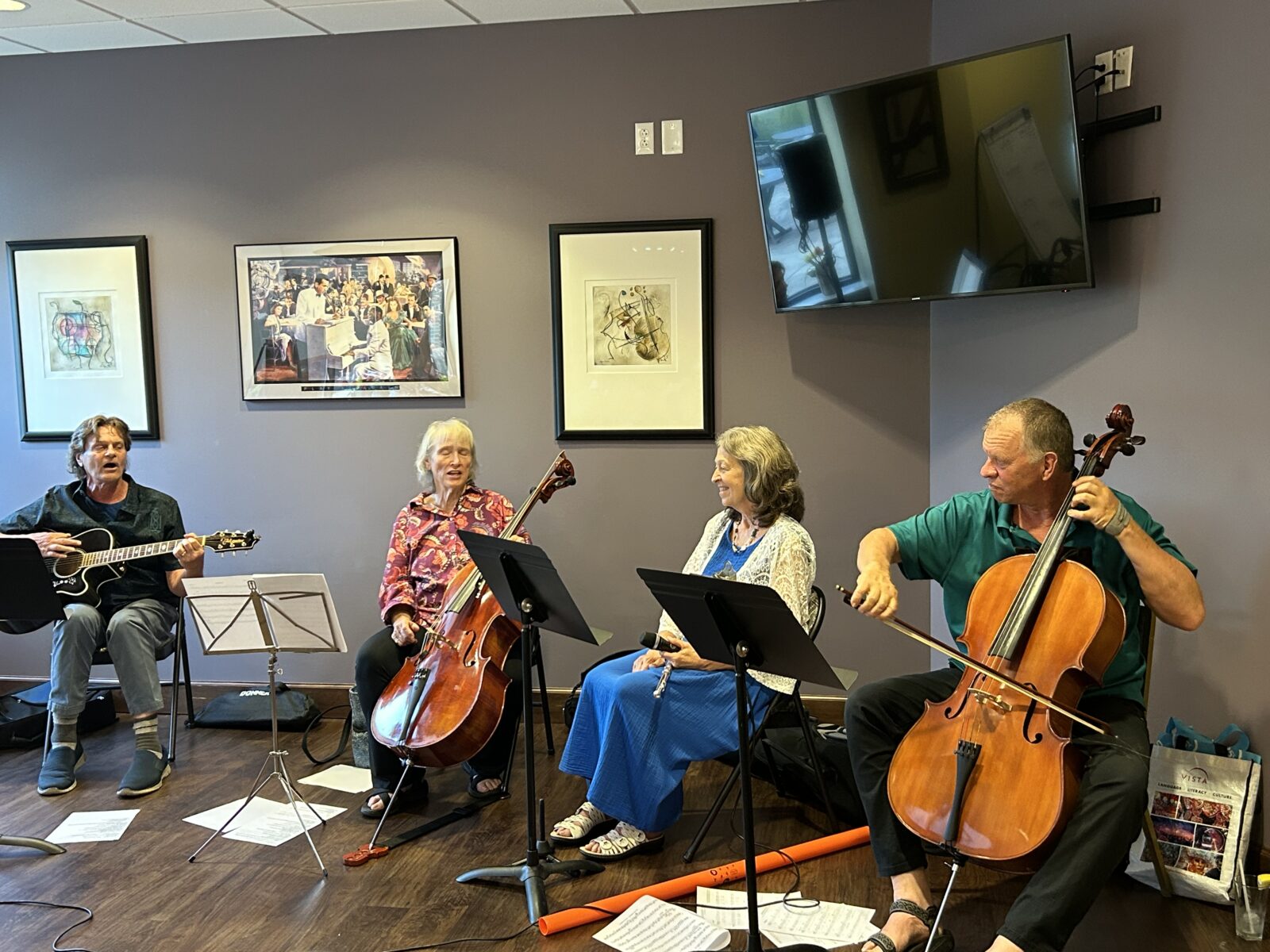
Tremendous Trivia Tunes: A Fundraiser for ACMP
Four members from DeKalb, Illinois tried a new method of fundraising for ACMP. They felt so grateful for ACMP's Home Coaching program and the wonderful teachers in our Coach Directory, that they came up with an innovative idea to give back to our community. They raised a little over $200.00, but the greatest part was how much fun they had doing it.Read More ↗

And the Play-Ins continued in June!
With ACMP's rapidly growing community of chamber musicians, Play-In season is never over! Read about two recent Play-Ins in June.Read More ↗
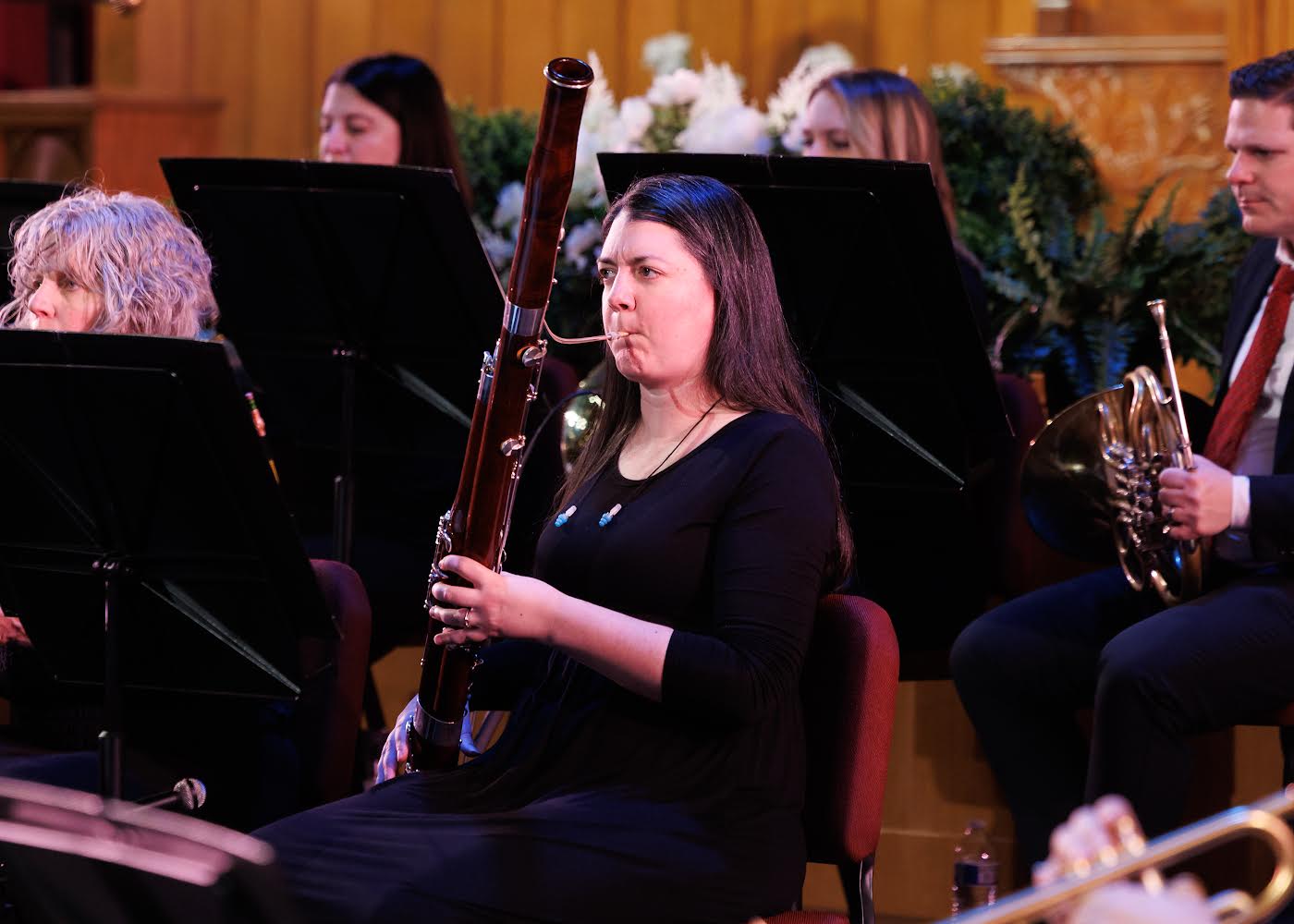
2025 News of Note Puzzle Contest Winner and Answers
Congratulations to bassoonist Jessi Vandagriff for winning this year's News of Note puzzle contest. And read more for the great puzzle answer reveal!Read More ↗
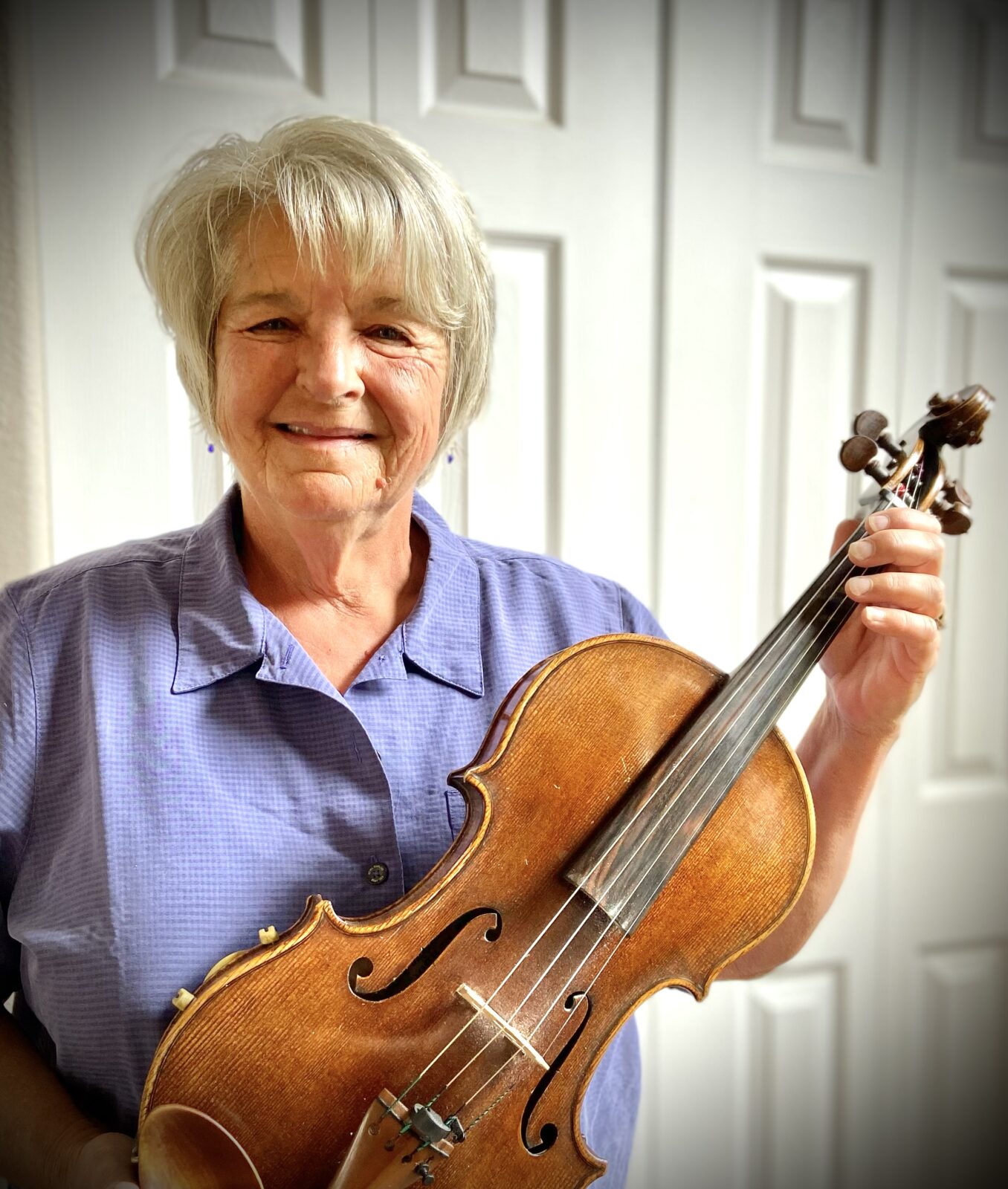
Member of the Month, July 2025: Cheryl Hite
The ranks of ACMP members are filled with professionals who began their college careers with the intent of pursuing music for a living, then for whatever reason moved into another career. Colorado-based violist Cheryl Hite is one of those musicians. A native of Detroit, she enrolled at Indiana University in the 1970s as a double major – biology and viola performance. Read her interview with ACMP Board Chair Bob Goetz.Read More ↗

The day my quartet played out of tune and almost got our host evicted
Chamber music can be a high stakes activity - play a bit out of tune, and your host could end up on the street. Read about one such close call in New York City.Read More ↗

News of Note 2025
It’s that time of year again! The web version of the 2025 News of Note is live, featuring updates from the past year—and some fun extras, including everyone’s favorite: a new puzzle. (Submit your answers by July 1!)Read More ↗
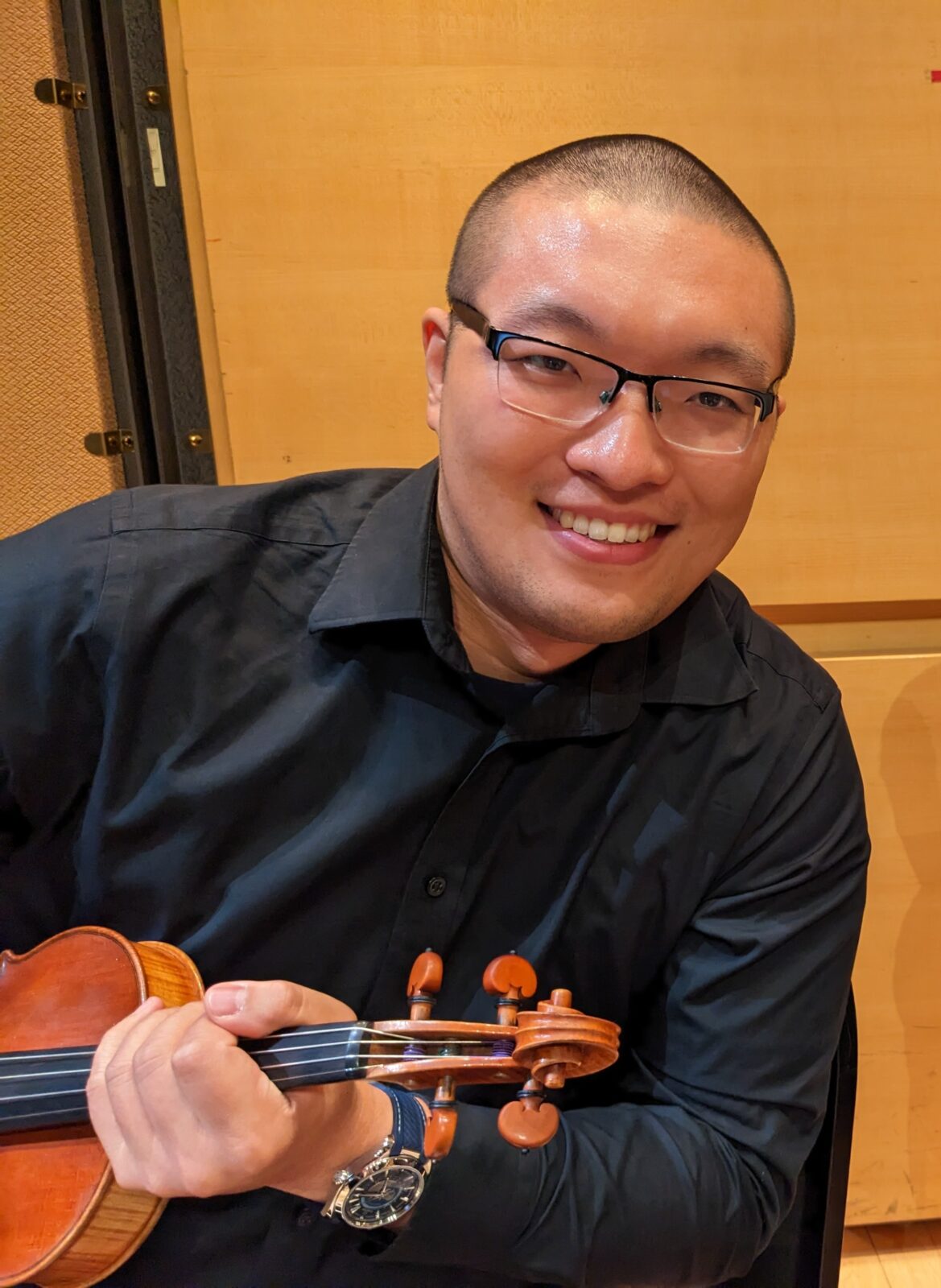
Member of the Month, June 2025: Frank Song
Frank Song, 28, may work remotely as a software engineer, but when it comes to music and the arts, he is all about being there, in person. With the flexibility to travel in his work, he seeks out concerts or museum exhibits in cities far beyond his home in Toronto. And while he’s at it, he takes along his violin to play chamber music. We caught up with Frank on a recent visit to New York, where he played chamber music with people he found through ACMP.Read More ↗

Seasoning for the Seasons
With a taste for adventure and a pinch of whimsy, follow ACMP cellist Tom Cappaert’s lead: stage a chamber concert in a Quito pizza parlor.Read More ↗

May 2025 Play-In Highlights!
Highlights from just a few Play-Ins during National Chamber Music Month!Read More ↗

Play-In Report: Berlin Kammermusik Liste
Michael Knoch runs the Berlin Kammermusik Liste, and represents ACMP as its International Ambassador in Germany. He holds at least two Play-Ins a year, and has a unique gift for organizing large Play-Ins with a mix of all instruments and voice. Read about his second Play-In of 2025!Read More ↗
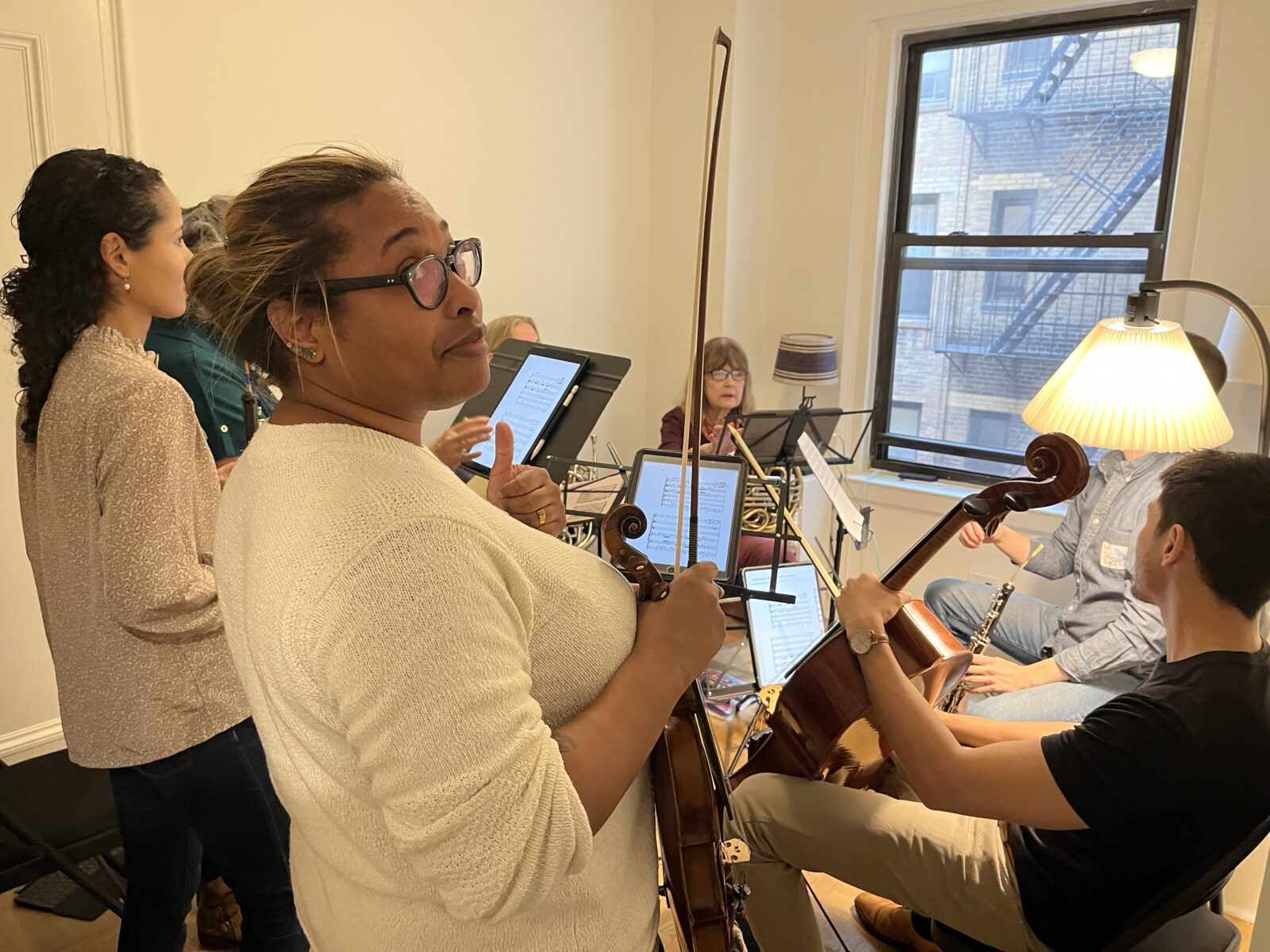
2025 Worldwide Play-In Events
May is Chamber Music Month! Celebrate with Play-Ins all month long, and during the Worldwide Play-In Weekend: May 16-18, 2025. See this list of Play-Ins in the ACMP Directory to date, and keep checking it for updates.Read More ↗
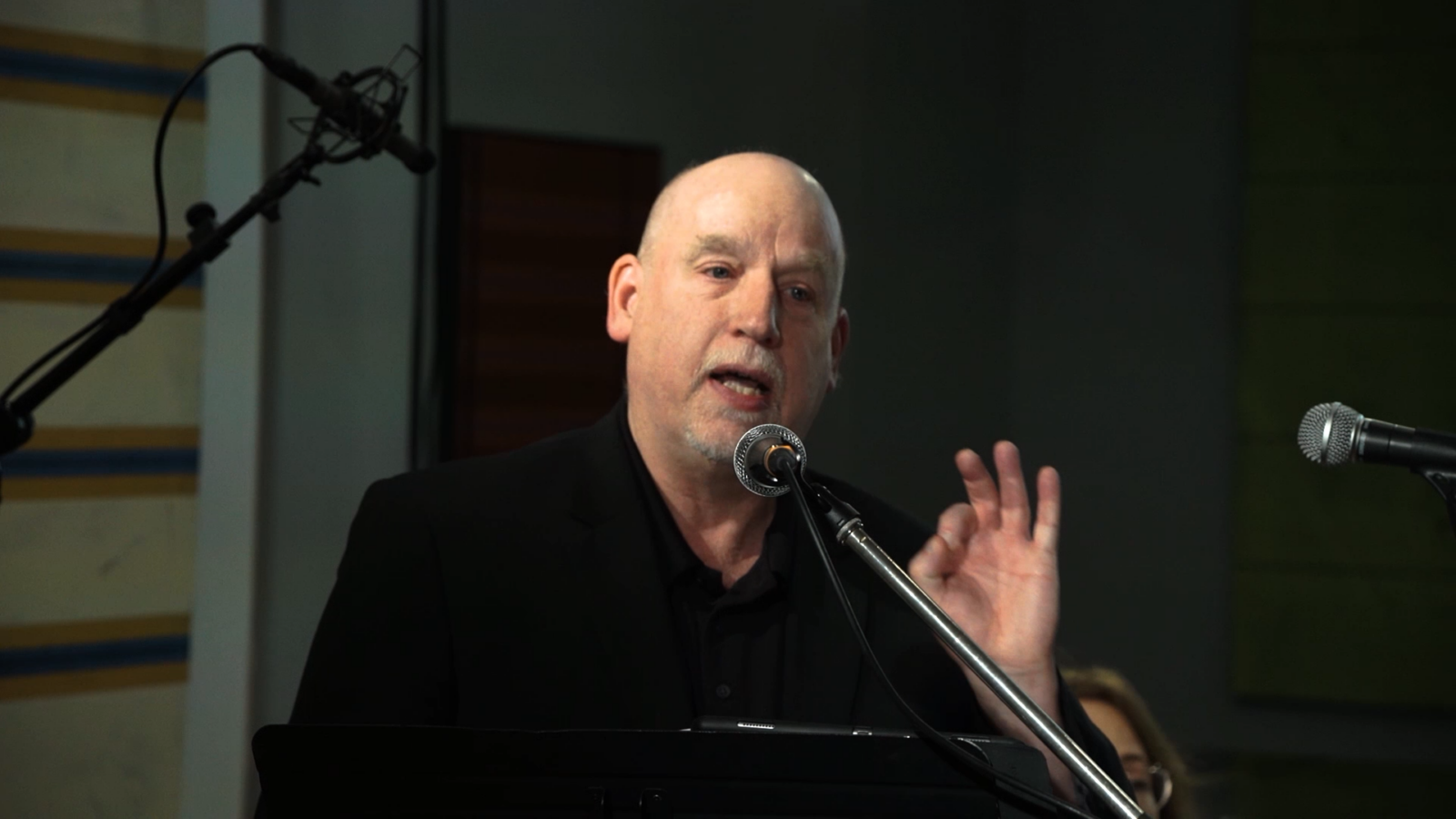
New Video: Ravel’s String Quartet with Cal!
Cal Wiersma is back, sharing ensemble tips and tricks through the lens of Ravel’s String Quartet.Read More ↗

Here’s looking at you, Joe!
One day before Haydn's 293rd birthday - a Haydn party happened in Manhattan. Haydn himself appeared (in the form of ACMP violinist, board member and host, Bob Goetz.) 30 players participated - one third of the participants were wind and brass players! Read about the party and get some fun repertoire ideas!Read More ↗

Cal Wiersma Class: Rehearsal Techniques in Ravel’s String Quartet
Back by popular demand - ACMP is offering another live and live-streamed class with violinist and chamber music coach Cal Wiersma on chamber music rehearsal techniques in Ravel's String Quartet on Sunday, April 6 at 3pm ET.Read More ↗
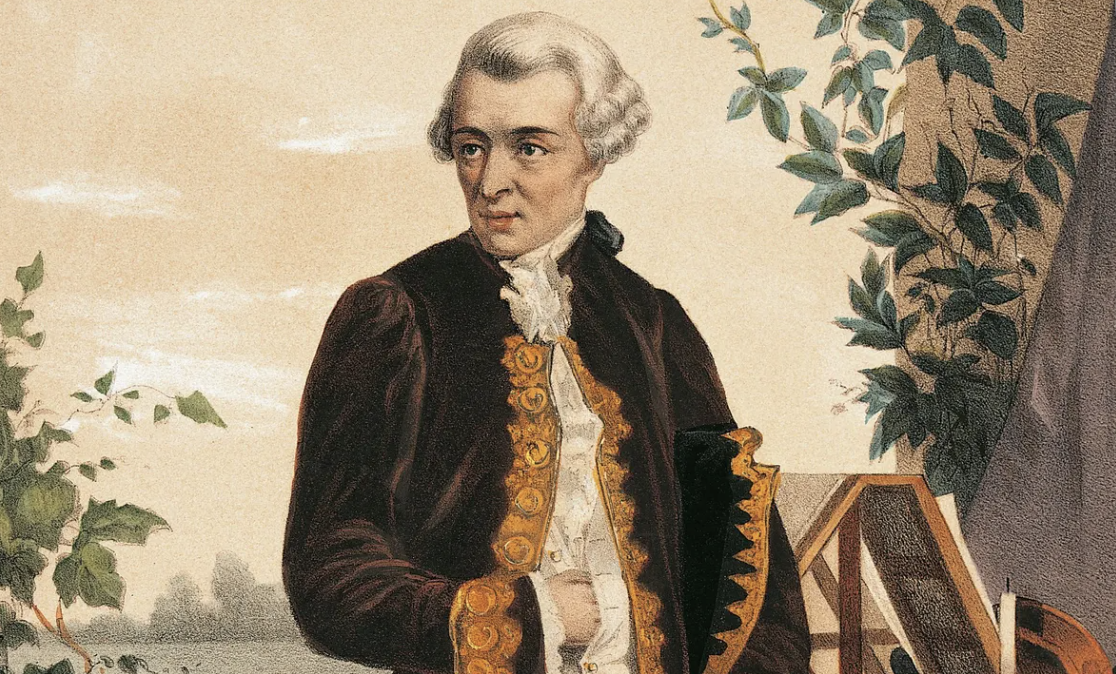
The 2025 ACMP Haydn Challenge
March 31 is Joseph Haydn’s birthday! It’s also a fabulous occasion to celebrate his contributions to the world of chamber music with a gift in his honor to ACMP…Throughout the month of March, we hope you will participate in the ACMP Haydn Challenge.Read More ↗